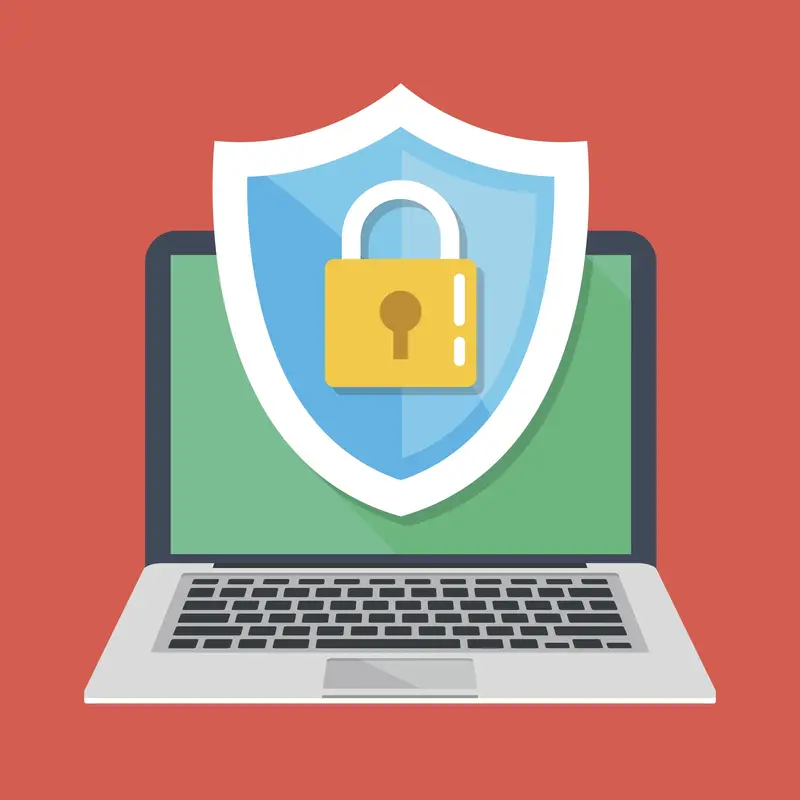
Table of contents
There is often confusion around the terms digital signature, encryption, encoding and registered email, especially when applied to electronic communications. Although they all relate to security and cryptography, each concept serves a different purpose.
Let’s break them down.
Digitally signed emails
Digitally signing emails fulfills two main objectives:
- Non-repudiation: accrediting who the author of the communication is.
- Integrity: ensuring that data has not been altered during transmission.
Digitally signing e-mails gives the recipient assurance about the source and integrity of data —and nothing more.
However:
- A digitally signed email can still be partially tampered with, without invalidating the signature.
- A digital signature does not prove what content was sent, to whom it was sent, or whether it was delivered.
Encrypted email
Encrypted email secures the content with cryptographic keys to prevent unauthorized third parties from reading it.
While encryption often identifies the sender (providing non-repudiation), it comes with drawbacks:
- It requires an exchange of keys between parties, making it cumbersome and rare in practice.
- It does not certify the content sent.
- It does not prove delivery or acceptance at destination.
Encoded email (Opportunistic TLS)
This refers not to the content itself, but to encoding the transmission channel of an email, often via Opportunistic TLS.
- If both servers support TLS, the message is sent over a secure channel.
- If not, it defaults to an unsecured channel.
Encoding depends entirely on the sender’s and recipient’s email servers, not the user.
Limitations:
- Provides neither non-repudiation nor data integrity.
- Does not certify the content transmitted.
- Does not prove whether the transmission was successful.
Registered email
Registered email is different. It certifies the e-delivery of the exact content of an email, regardless of whether it was digitally signed, encrypted, or transmitted through TLS.
With registered email, companies can prove:
- Who sent the communication
- What was sent (full content + attachments)
- When it was sent and delivered
- To whom it was delivered
This is possible because the certification is done by an independent third party, not by either of the interested parties. Unlike signatures or encryption, registered email directly addresses the legal and compliance need for irrefutable proof of sending and delivery.
Frequently Asked Questions (FAQ)
Is a registered email the same as an encrypted email?
No. Encryption protects the content from being read by third parties, while registered email certifies proof of sending, delivery and content. They solve different problems.
Can I replace a registered letter (or burofax) with registered email?
Yes. Under the eIDAS Regulation in the EU and equivalent laws in other regions, registered email provides legal validity and can replace traditional registered post in many use cases.
Do I need both encryption and registered email?
It depends. If you need confidentiality, use encryption. If you need proof of delivery and legal certainty, use registered email. In some cases, companies choose to use both together.
Does a digital signature make an email legally valid?
A digital signature proves authorship and integrity, but it does not certify delivery. For legal disputes, registered email provides the additional evidence needed.
Conclusion
Digital signatures, encryption, and encoding each solve important —but limited— security challenges. None of them prove that an email was delivered and accepted at its destination.
That’s where registered email stands apart: it provides companies with immutable, third-party certified proof of content, transmission, and acceptance. For compliance, legal certainty, or simply peace of mind, registered email is the missing layer that transforms email into a truly reliable communication channel.
Ready to get started?
Contact us to share your business project or register now to start trying our services today
